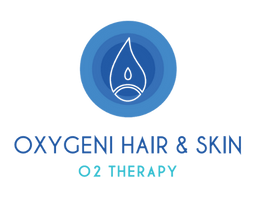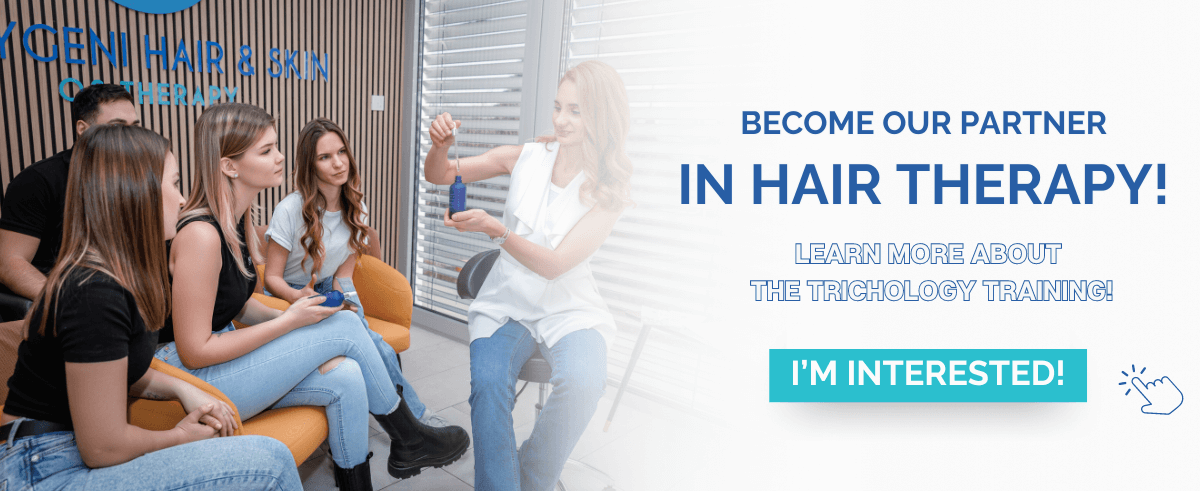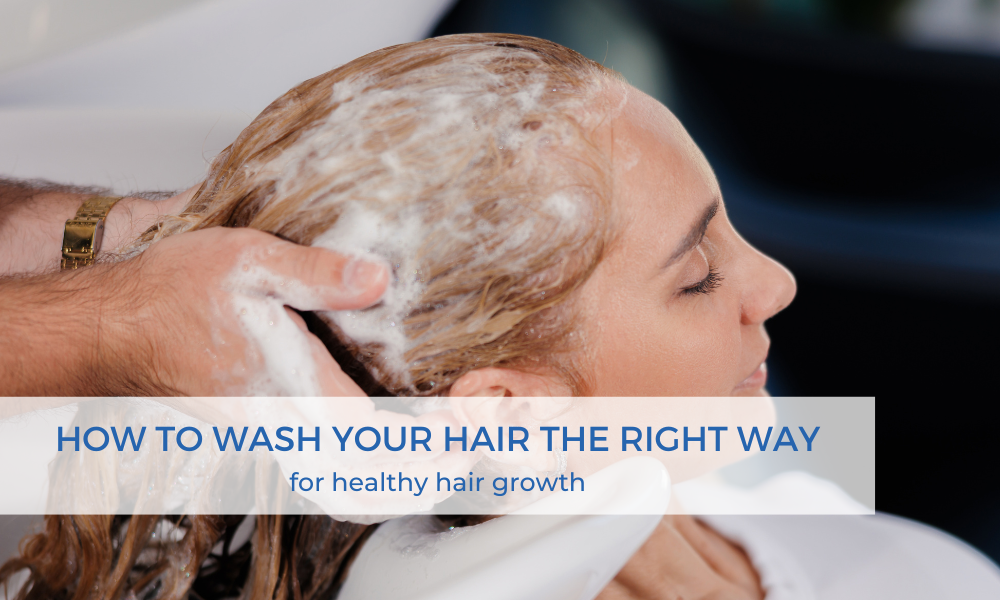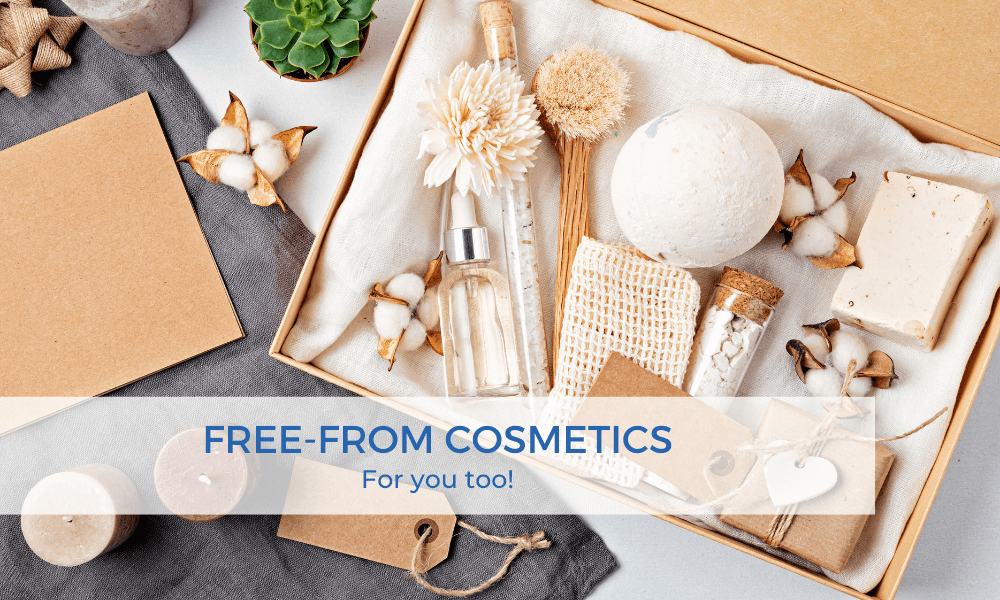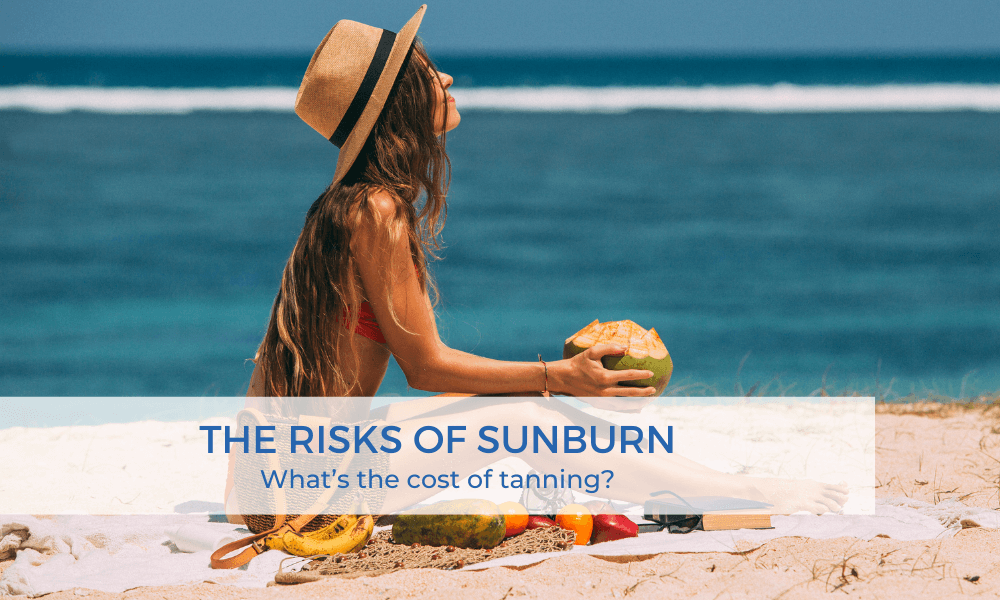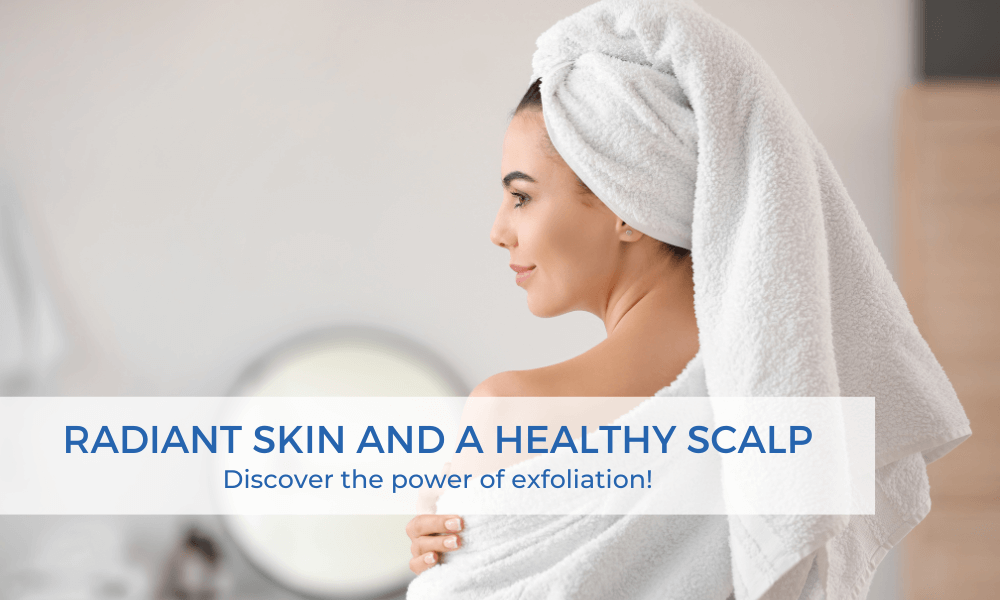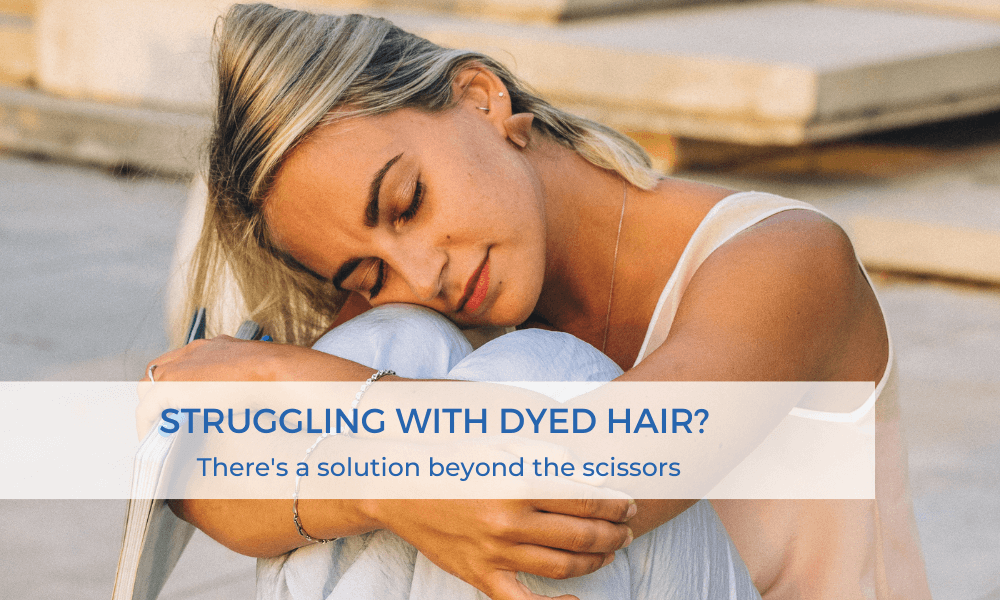
STRUGGLING WITH DYED HAIR?
Dyed hair remains popular among both young and older generations, whether the goal is to follow fashion trends or to cover gray hair. However, few consider the negative consequences of dyeing their hair. In our latest blog post, we will explore the dark side of dyed hair and how to properly care for it.
Hair dyeing was popular even among the Egyptians, who extracted colors from animal and plant-based materials. For example, chamomile was used for yellow and henna for red hues. To this day, henna remains a popular natural alternative to hair dyes. However, modern hair dyes contain many chemical substances that can damage the hair.
THE HARMFUL EFFECTS OF HAIR DYEING
Hair dyes contain color cream and developer. The latter is an oxidizing agent that coats the hair with color by opening the hair’s outer structure. This substance is usually peroxide or ammonia, which not only alters the hair’s structure but can also damage the strands and cause allergic reactions.
There are two types of allergic reactions: those caused by the dye pigment and those caused by ammonia. If you’re allergic to the dye pigment, it’s unlikely that you’ll find an alternative. However, in the case of ammonia, there are now ammonia-free hair dyes and colorants available, which can help avoid allergic reactions.
It is most advisable to be cautious with drastic, frequent, or long-term hair dyeing that spans several years of continuous treatment. Hair dye not only changes the hair structure but can also damage the hair follicles. Hair follicles thin over the years, and dyeing can accelerate this process.
Additionally, dyed hair is usually dry, as the dye strips the hair of its moisture, making the strands extremely dry. Consequently, dyed hair typically has a weaker structure and is sensitive to excessive heat used during styling.
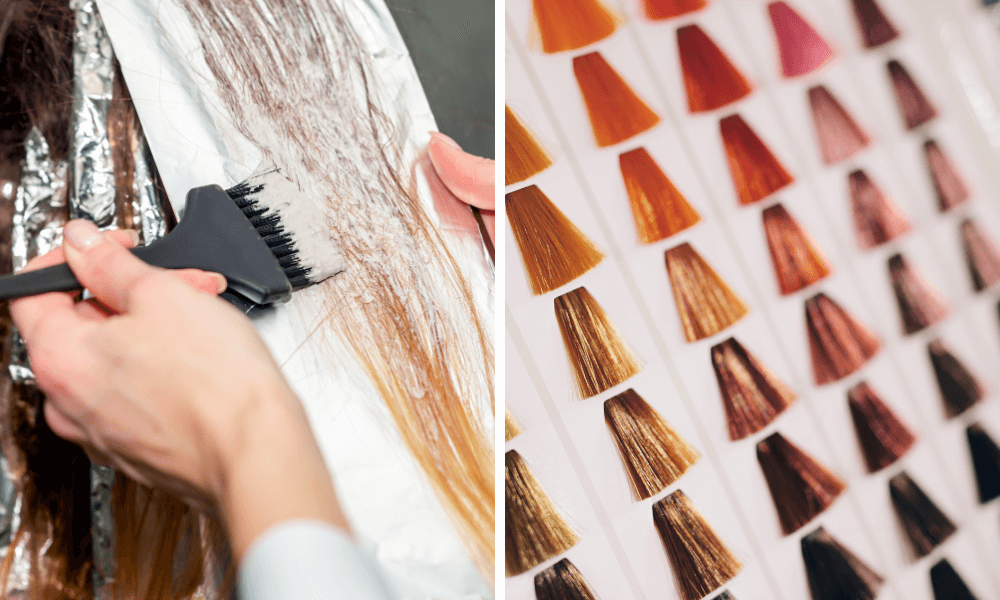
DIY HAIR DYEING
Be careful with hair dyes available in various drugstores, as they are not comparable to those used in salons. Hair dyes found in hair salons contain higher-quality active ingredients. Experts also recommend that it is safest to leave hair dyeing to professional hairstylists.
HAIR-FRIENDLY DYEING TECHNIQUES
There are several hair dyeing techniques that do not require dyeing the entire hair, only certain parts of it. For example, the babylights highlighting technique involves adding highlights only to the top third and throughout the length of the hair. The entire mass of the hair is not highlighted, as the goal is to achieve a natural, sun-kissed effect.
The sombre technique combines the classic ombre and babylights techniques. This makes the transition even more natural by highlighting a few fine strands all the way to the roots.
DYED HAIR IN SUMMER
Protecting dyed hair is especially important in the summer. Direct sun and UV exposure can not only damage the hair but also cause its color to fade. The sun can bleach the hair by breaking its chemical bonds. Therefore, it is recommended to wear a hat during direct sun exposure or use products that also provide UV protection.
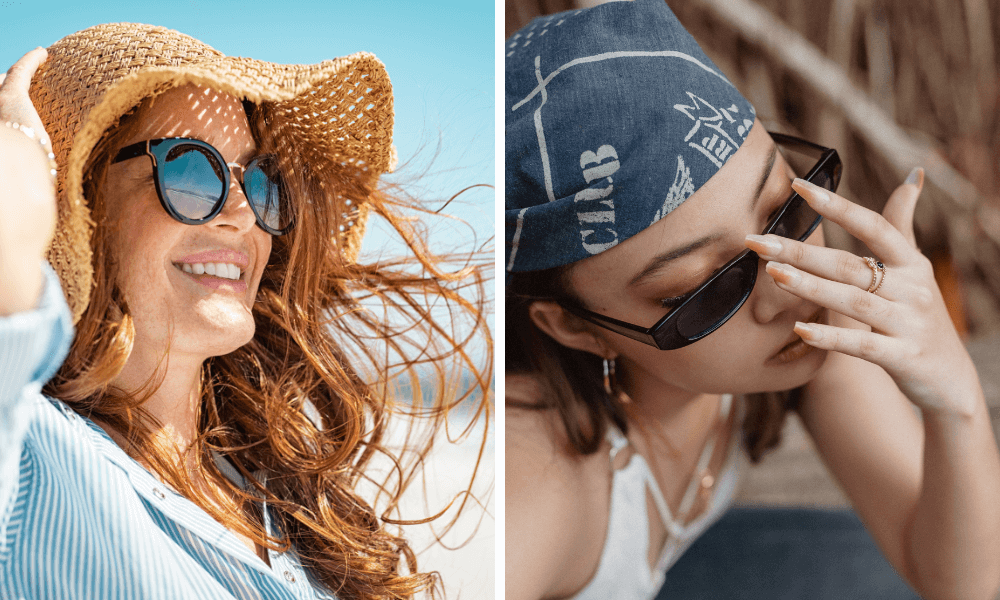
GRAY VS DYED HAIR
Although these two hair types are fundamentally different, it is worth clarifying the differences and similarities between them. In the case of dyed hair, the hair structure opens up due to external intervention, allowing the color pigment to penetrate deep into the strands. Graying, on the other hand, is a natural process that can be age-related or have genetic causes.
As we age, our hair loses its natural shine, becoming dull and lifeless. This happens due to the loss of moisture and changes on the surface of the hair strands. Dyed hair also loses its shine because the regular chemical treatments make the hair surface rough.
Similar to dyed hair, gray hair is also dry, as the sebaceous glands shrink, producing less sebum. Consequently, the hair loses its natural protective layer, making it vulnerable to harmful external factors. Therefore, it is extremely important to establish a proper hair care routine for both hair types!
HAIRCARE PRODUCTS
As previously mentioned, dyed hair can be extremely dry. Therefore, it is definitely worth using shampoo and conditioner that is free of alcohol, parabens, and sulfates. These harmful substances can further dry out already dry hair. With the right shampoo and conditioner, you can restore the hydration and shine of your dyed hair.
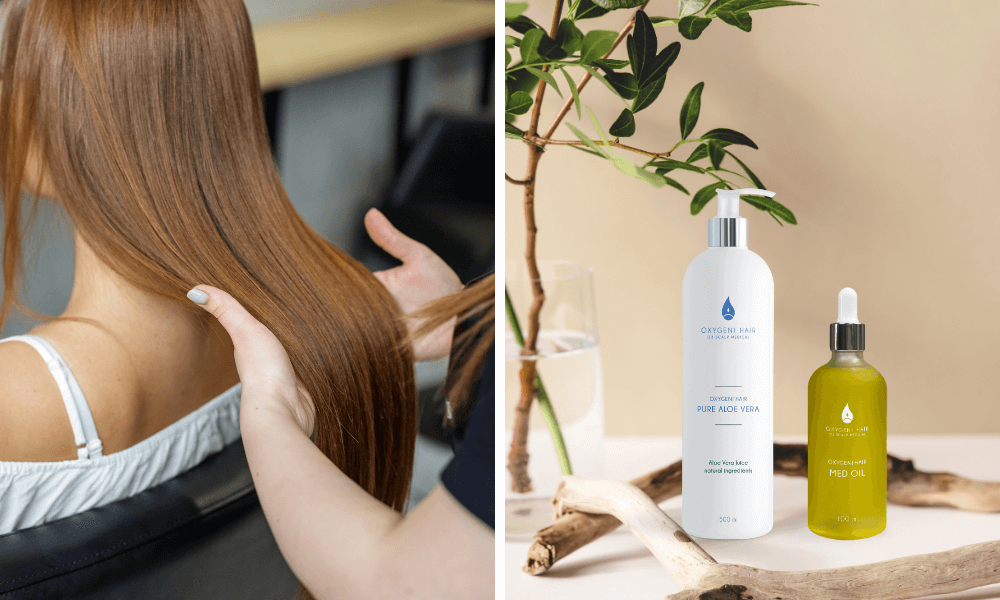
With Oxygeni Hair products, you can restore the health of your dyed, damaged hair! Oxygeni Hair Pure Aloe Vera and Med Oil are specially formulated to treat damaged hair. The main active ingredient in the gel is aloe vera, which deeply hydrates while reducing inflammation. The oil acts as a hair-end treatment, regenerating damaged parts of the hair. Try these specially developed products to help your hair regain its shine and health!
DIET
Proper and healthy nutrition is important not only for the body but also for the skin, nails, and hair. Consuming foods rich in iron and vitamin A will make your hair look much healthier and smoother. Lean meats, fish, and low-fat cheeses are rich in iron, while spinach, carrots, and sweet potatoes are rich in vitamin A. Regular intake of these foods will internally supply your hair with the necessary vitamins and nutrients.

Dyed hair requires a special hair care routine. In addition to using the right products, it’s important to reduce frequent hair washing and visit the hairdresser regularly. Trust professional experts with your hair coloring to avoid damaging results. Our hairdresser-trichologist specialists provide the utmost care, using scalp-friendly techniques to dye your hair if you choose to go for coloring.
Author: Petra Giriti
OXYGEN THERAPY AND OXYGENI HAIR PRODUCTS REVIEWS
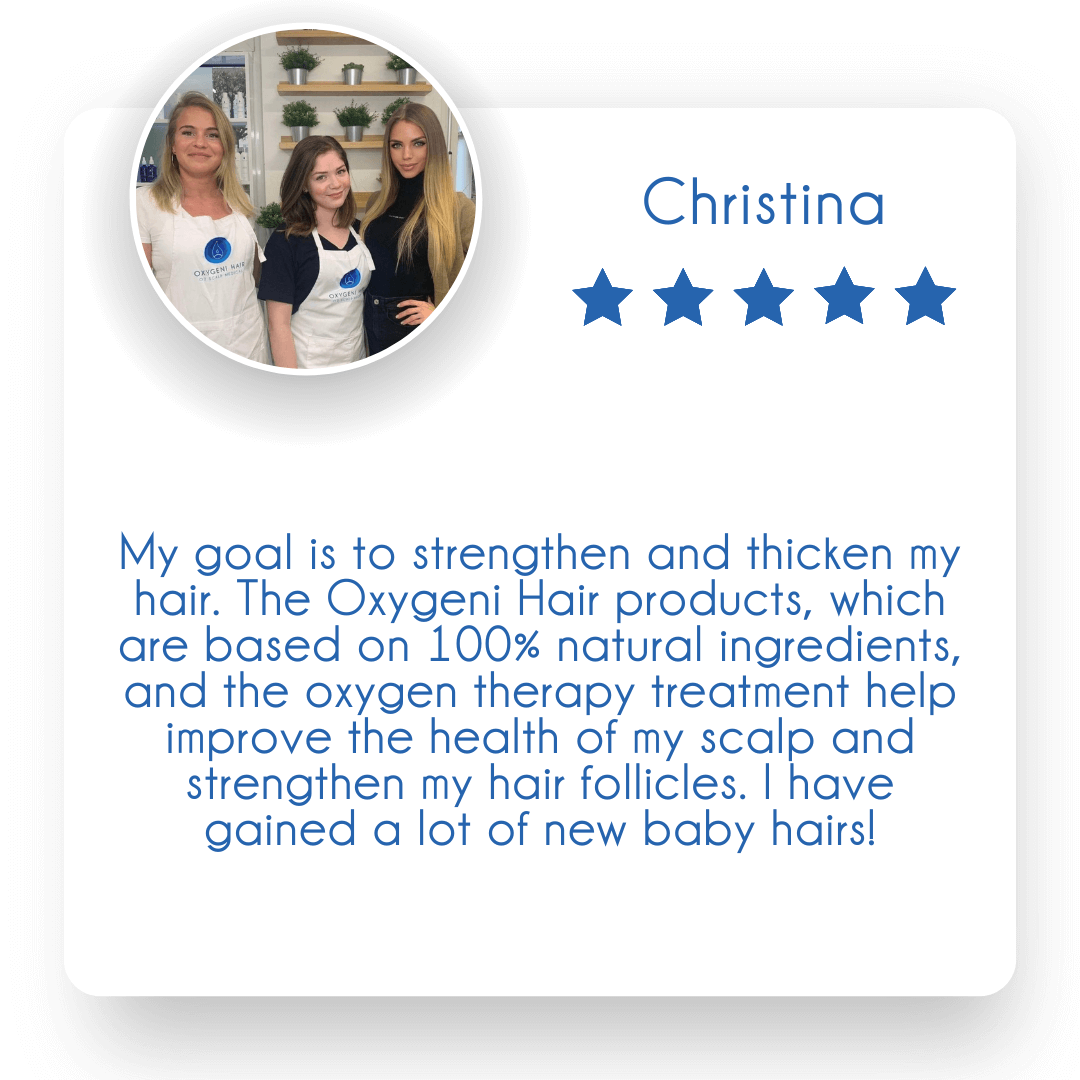
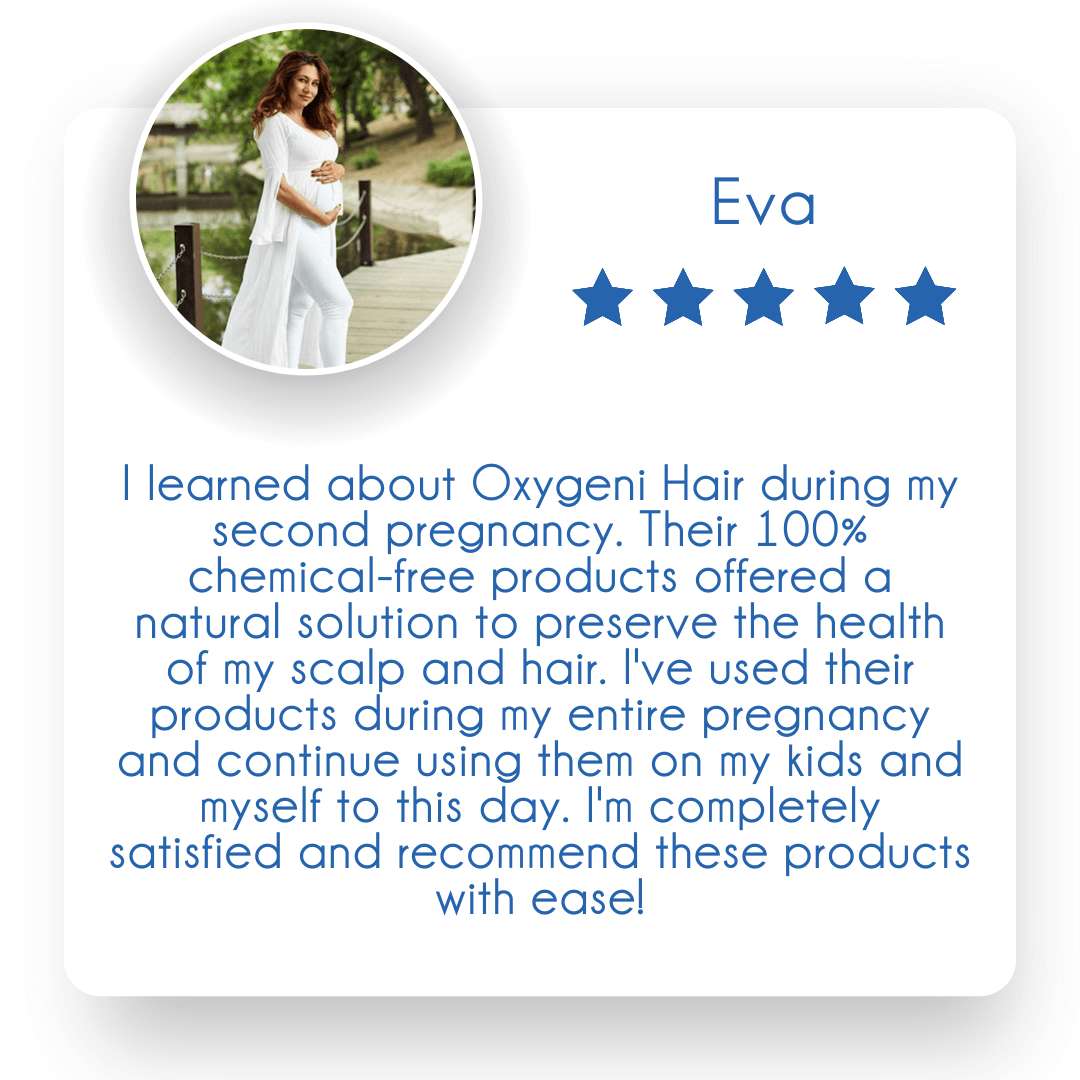
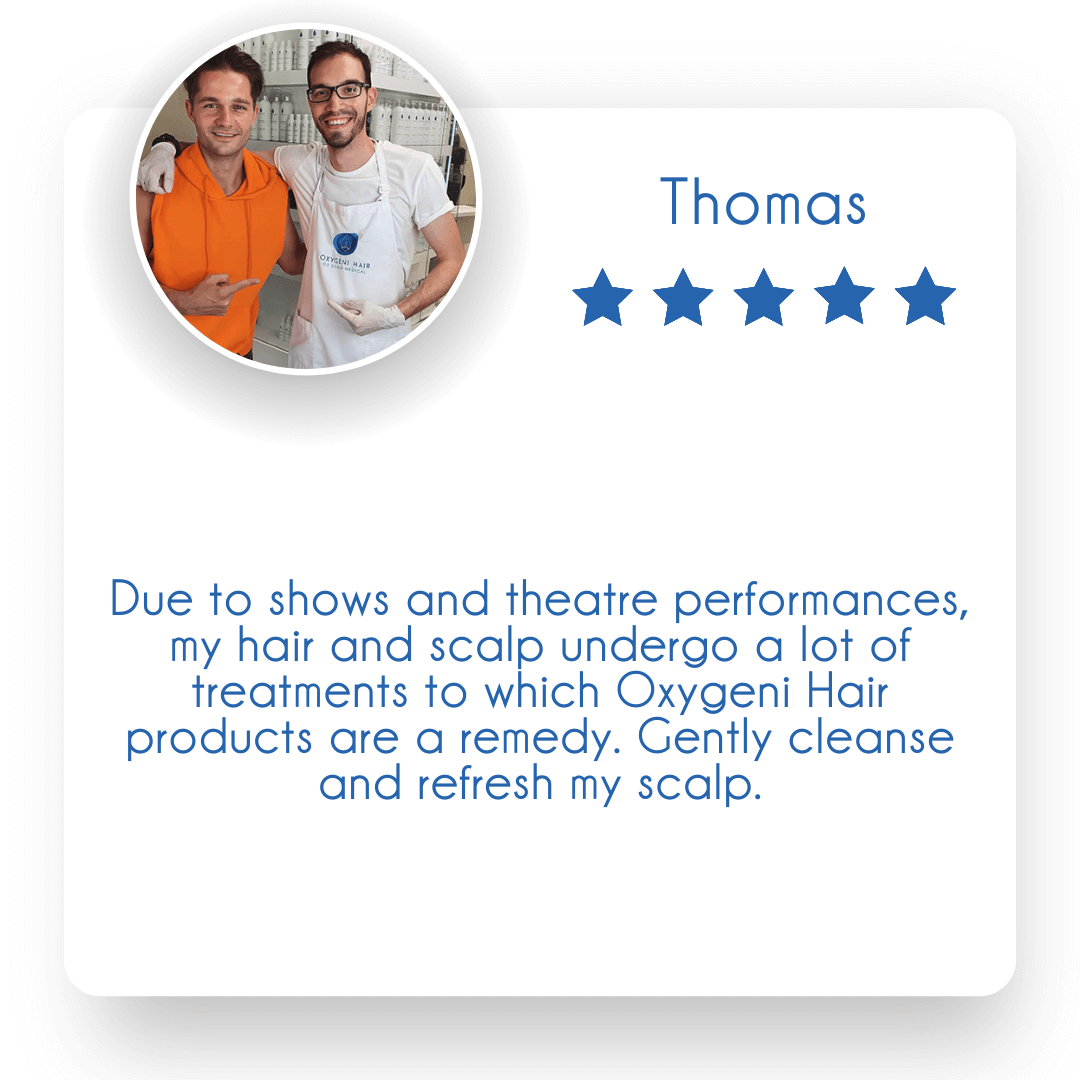
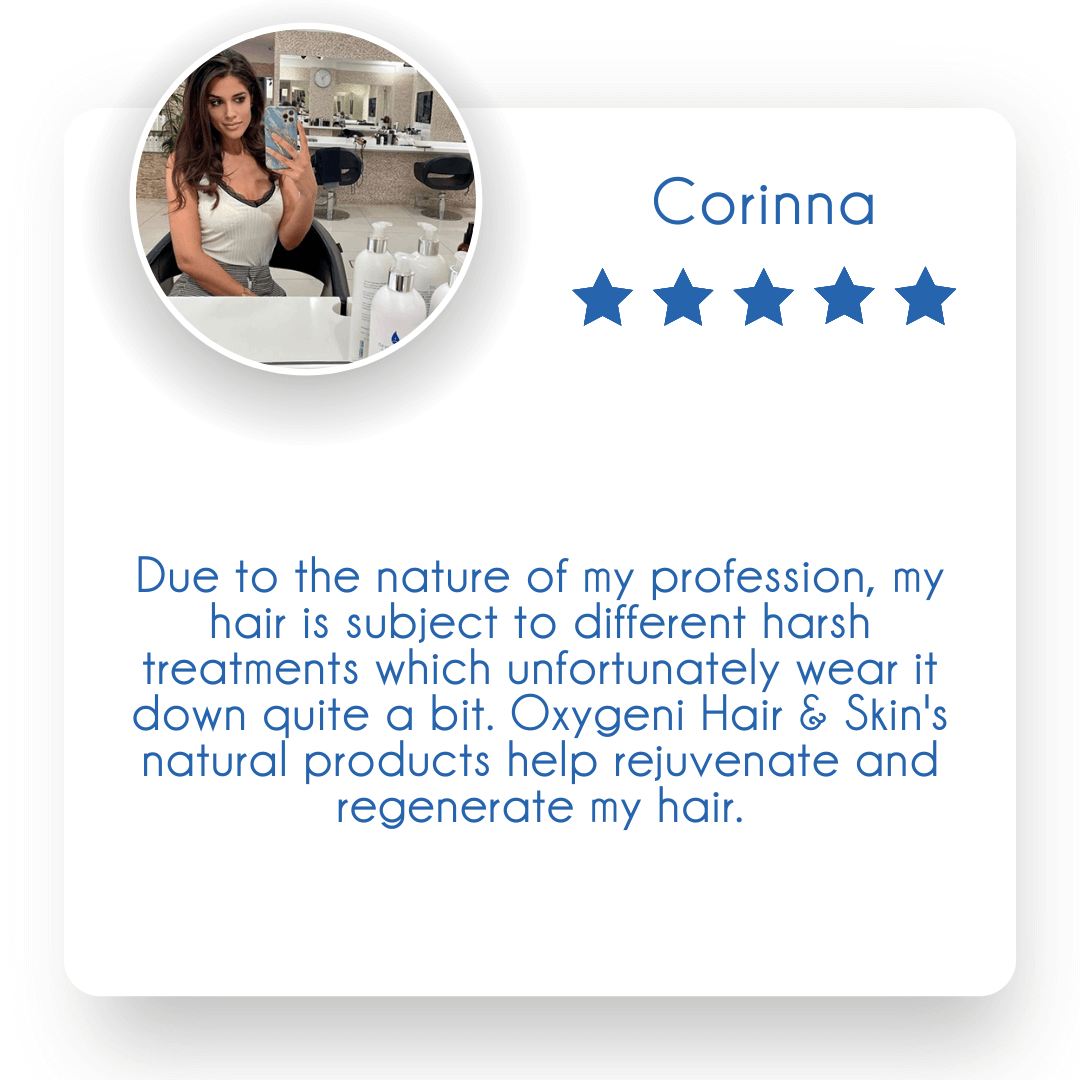
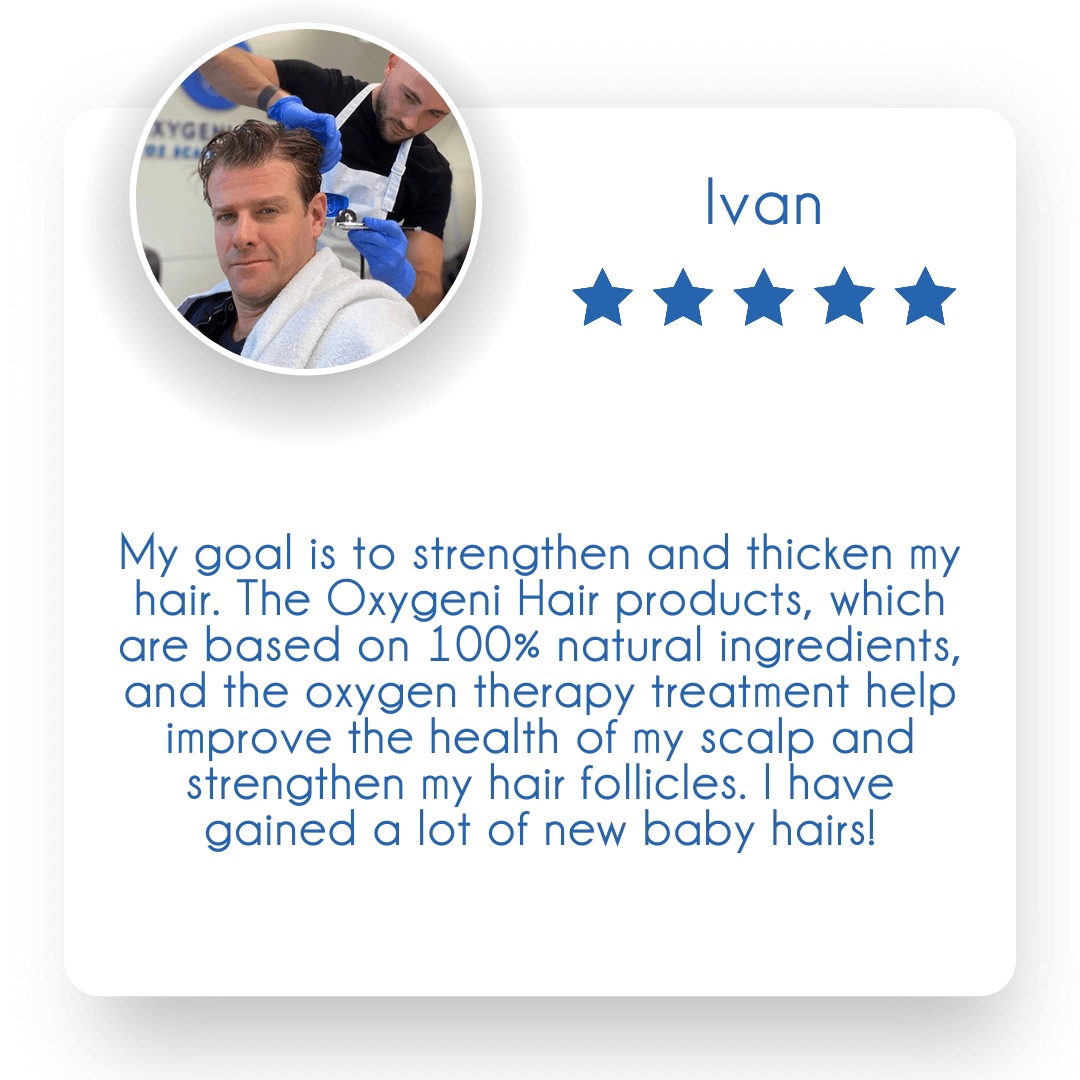
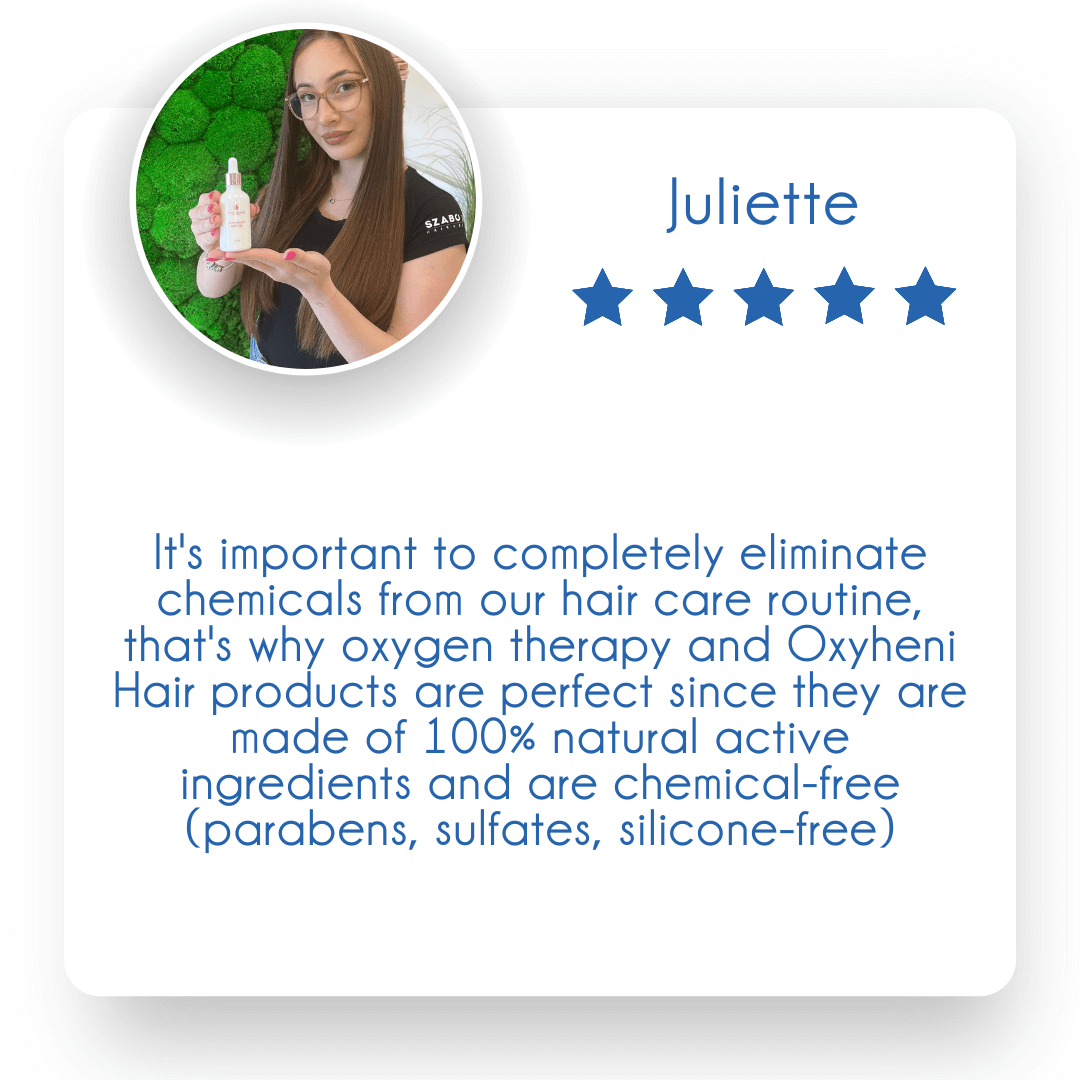
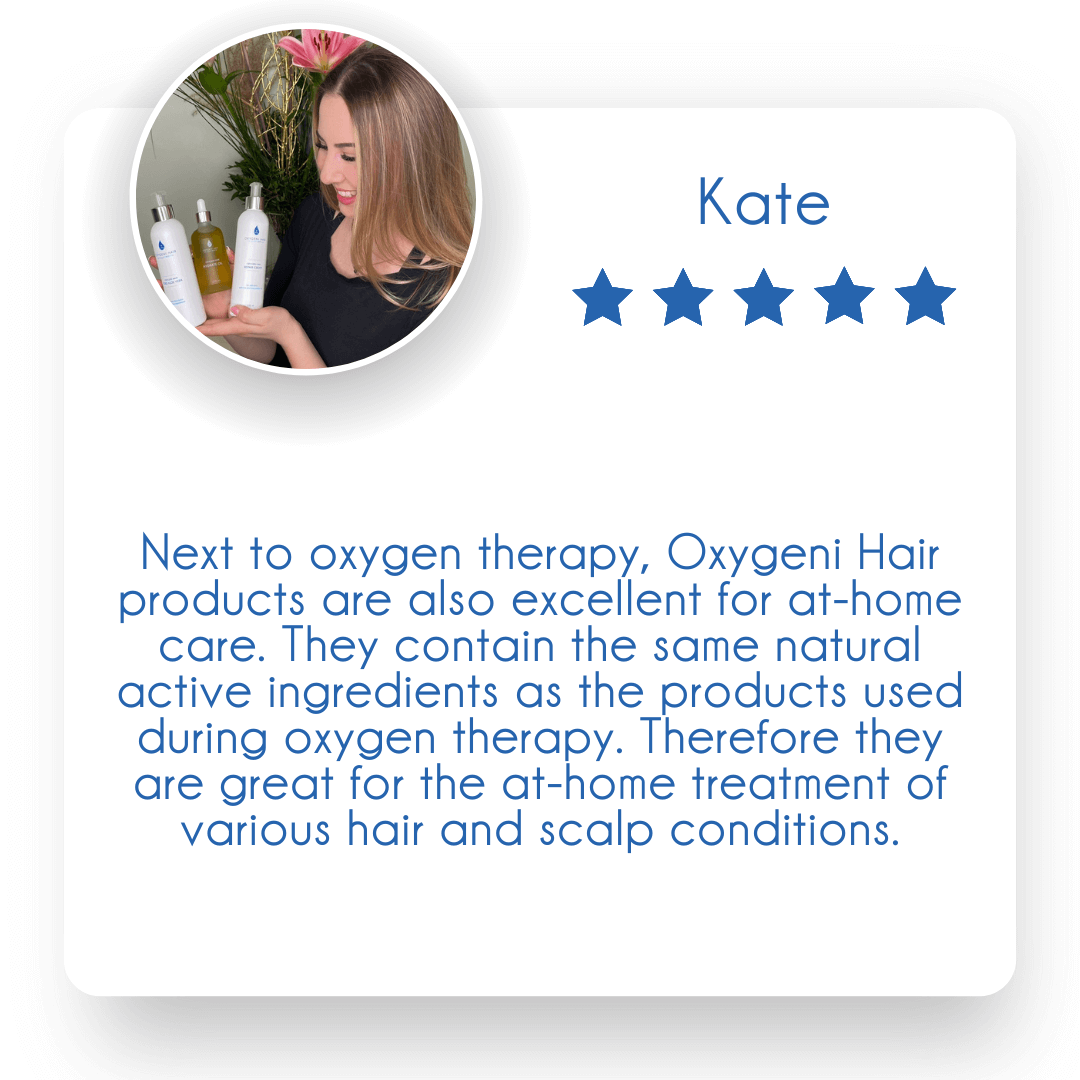
Follow us on our social media platforms!
